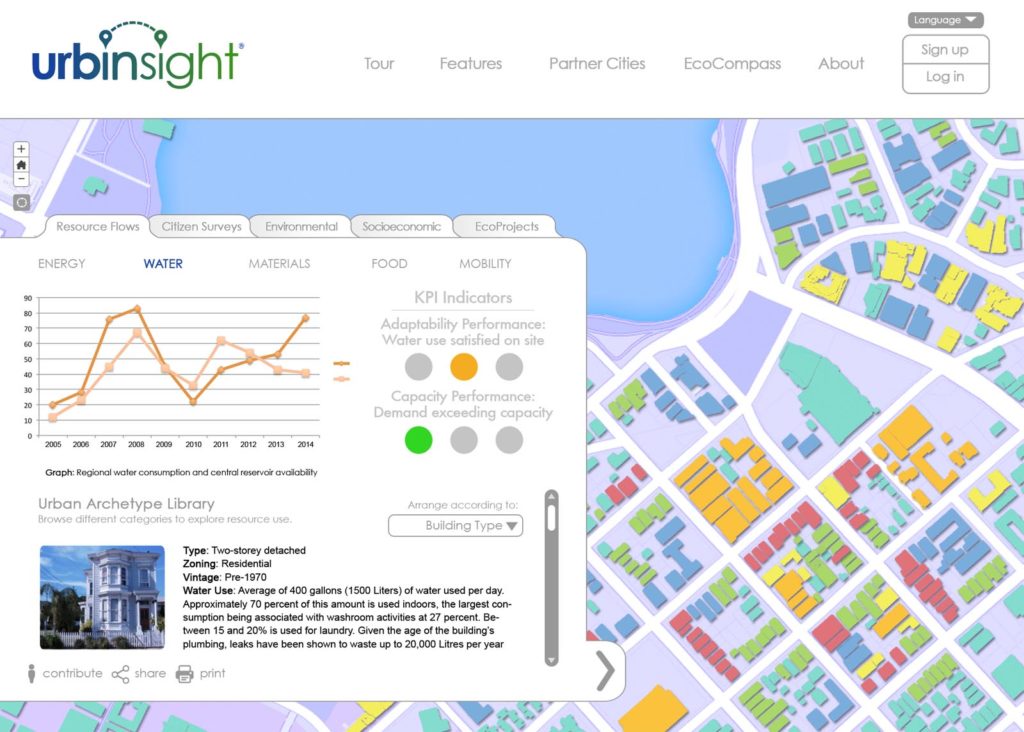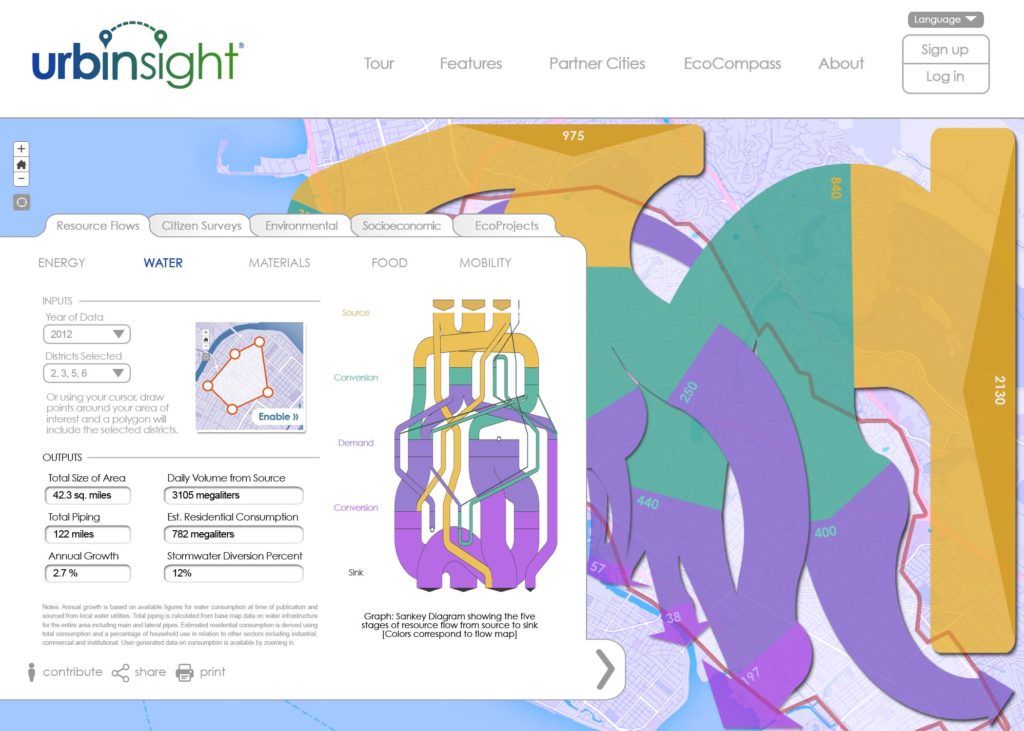Overview
Analyzing and visualizing environmental data for cities globally, the dynamic Urbinsight mapping platform is designed through a community oriented process that leverages residents’ inherent spatial knowledge, enabling users to view relevant and visually appealing map layers as well as input data based on quality of life surveys and parcel audits conducted by local stakeholders.
Its processes visualize urban resource flows, including water, energy, materials and food, from source to sink (nature to nature). With a standardized database structure, urban resource flow information systems introduce a systems perspective to people with diverse backgrounds and to neighborhoods that wish to become more sustainable.
Based on a bottom-up approach to documenting environmental conditions at the neighborhood scale, the custom open source platform weaves together municipal open datasets with bottom-up datasets, revealing opportunities based on ecocity indicators at the levels of individual, household, neighborhood, and city, connecting communities with web-based mapping tools as well as the training and knowledge to holistically explore and measure urban health.





